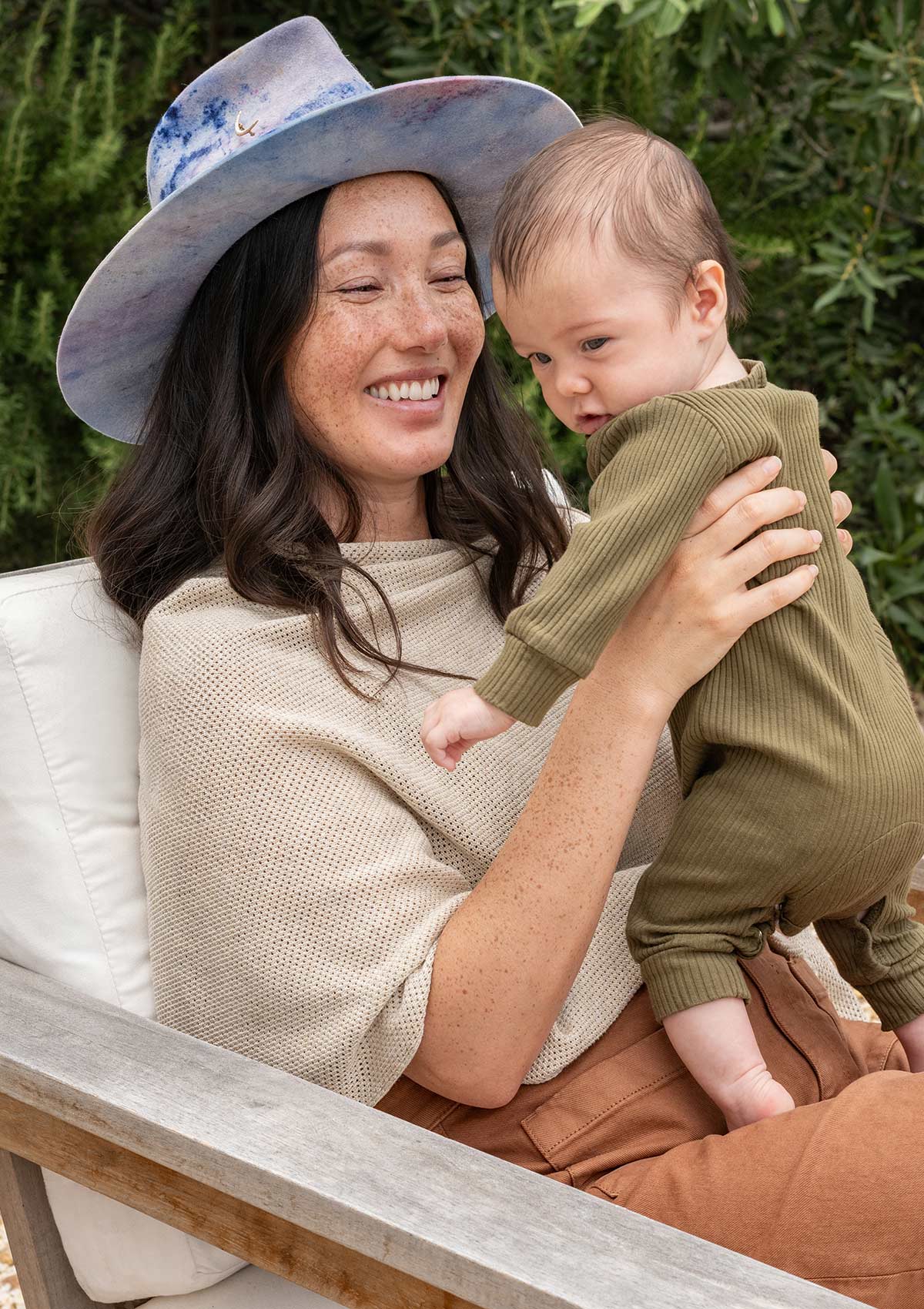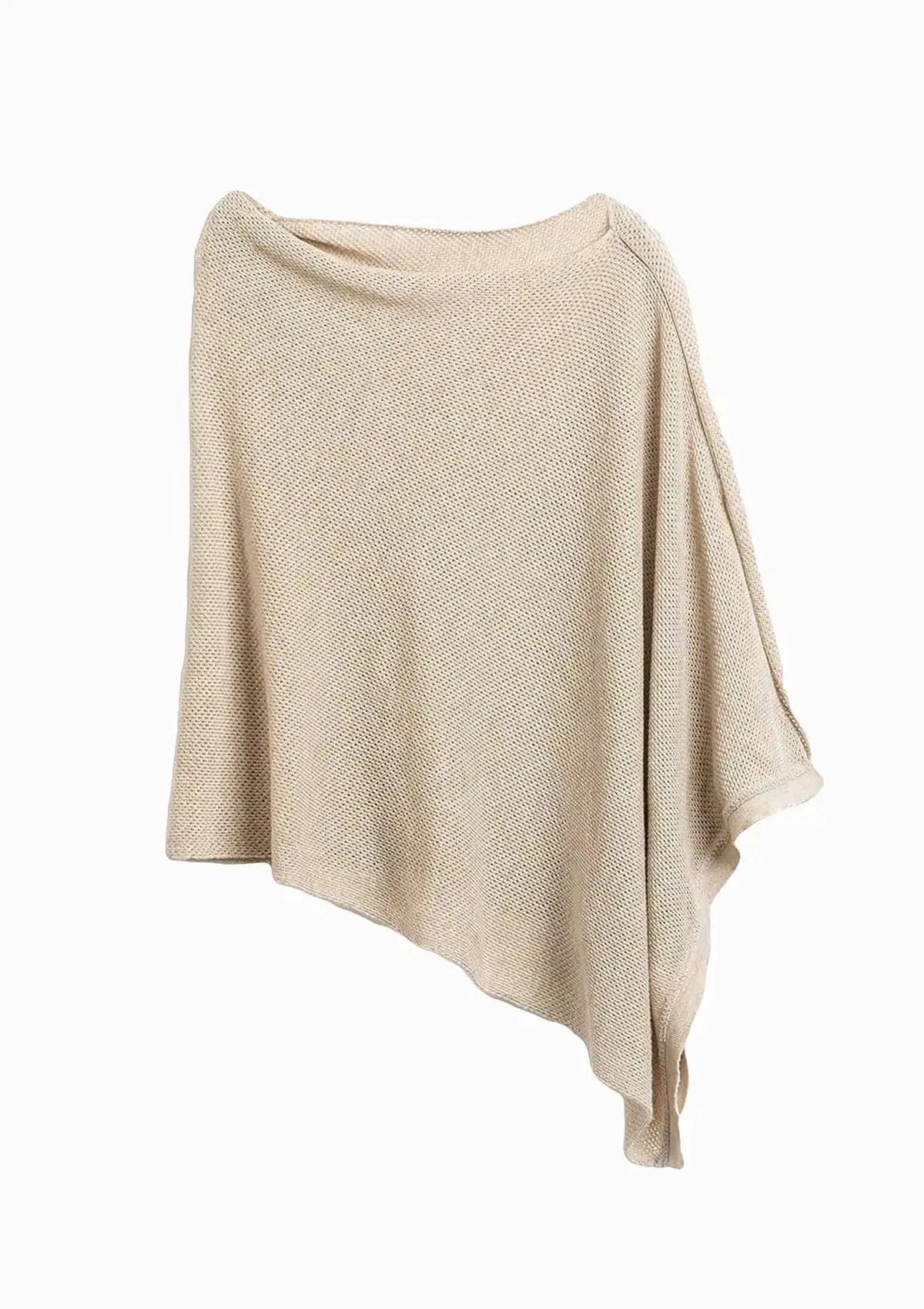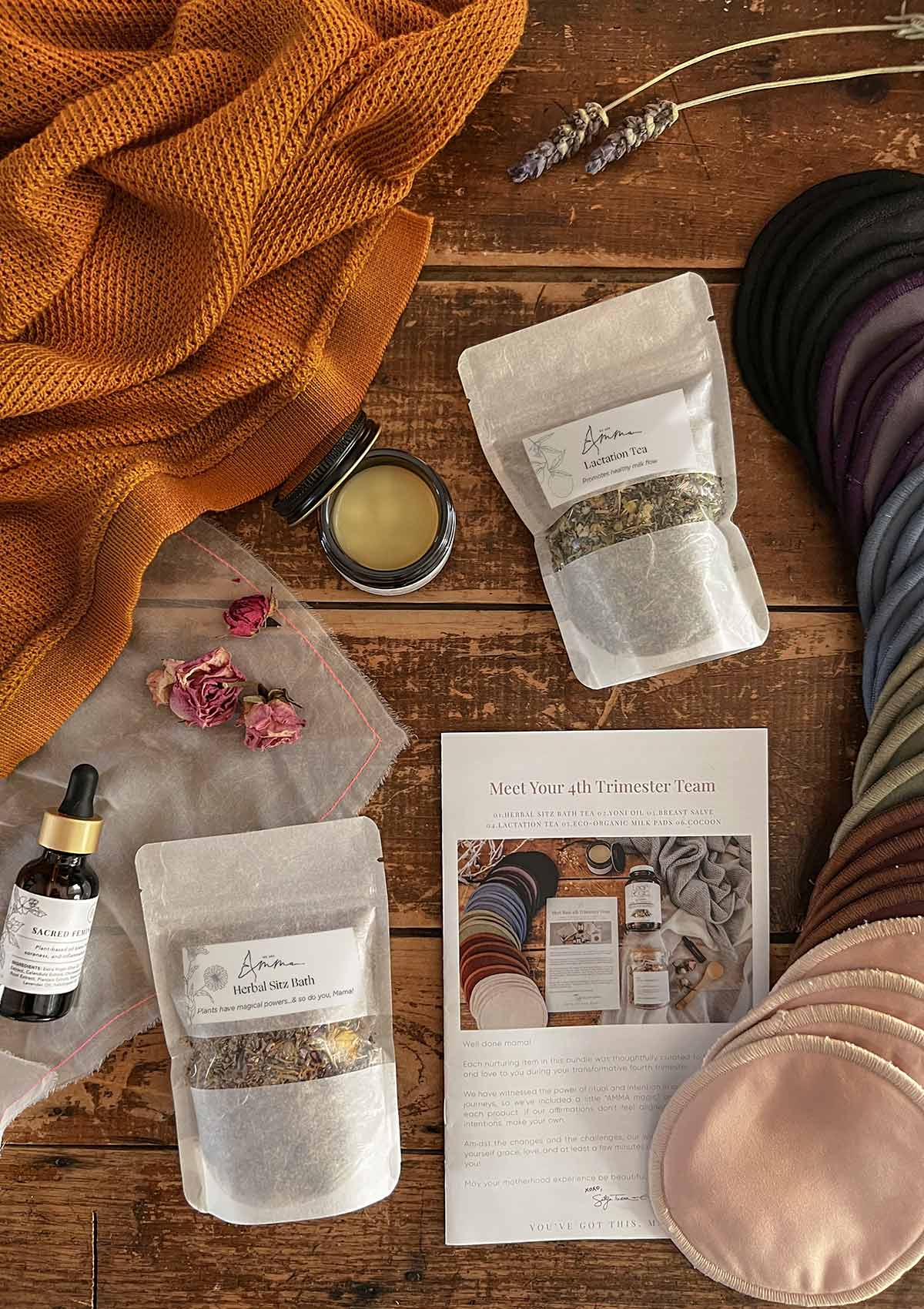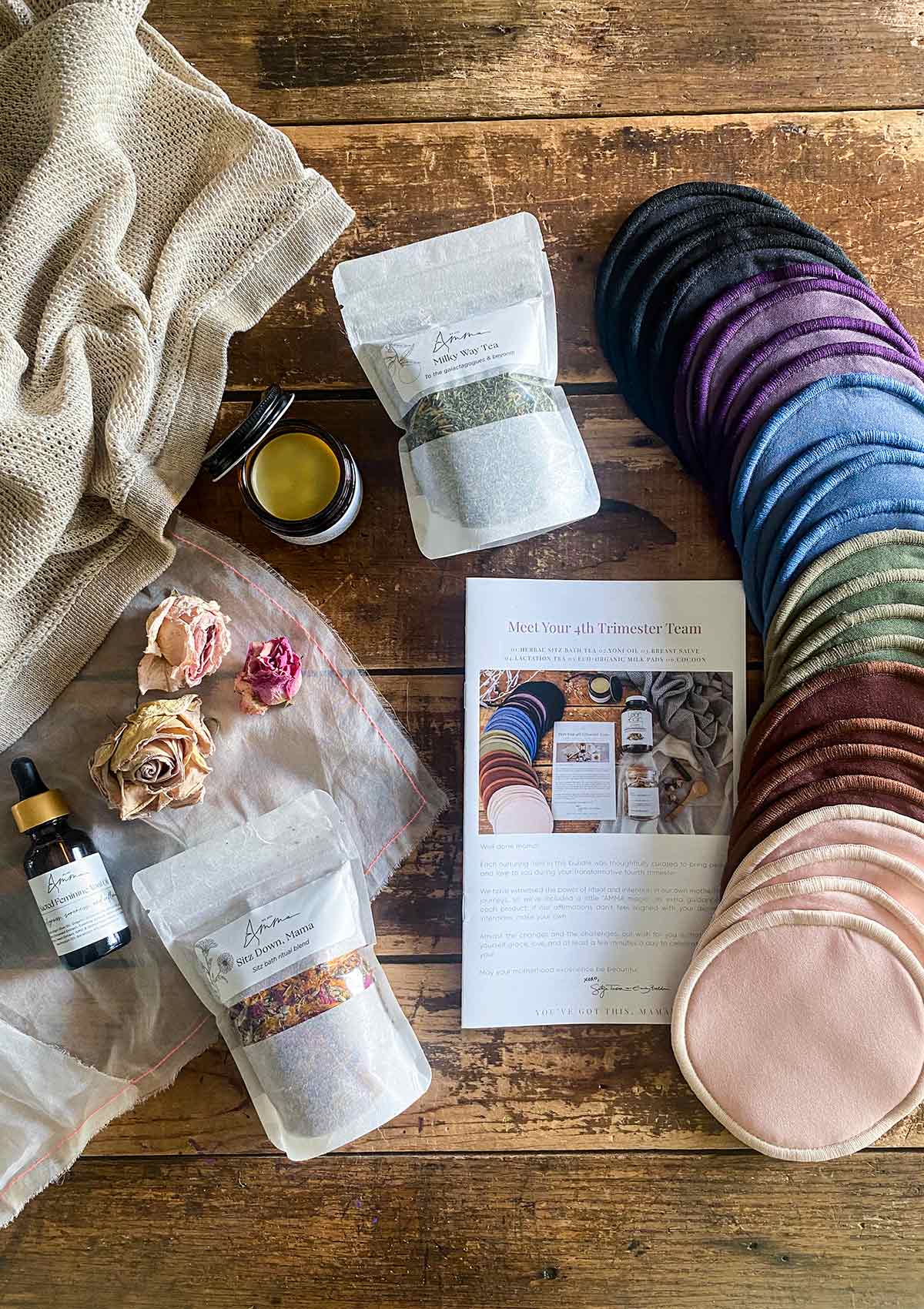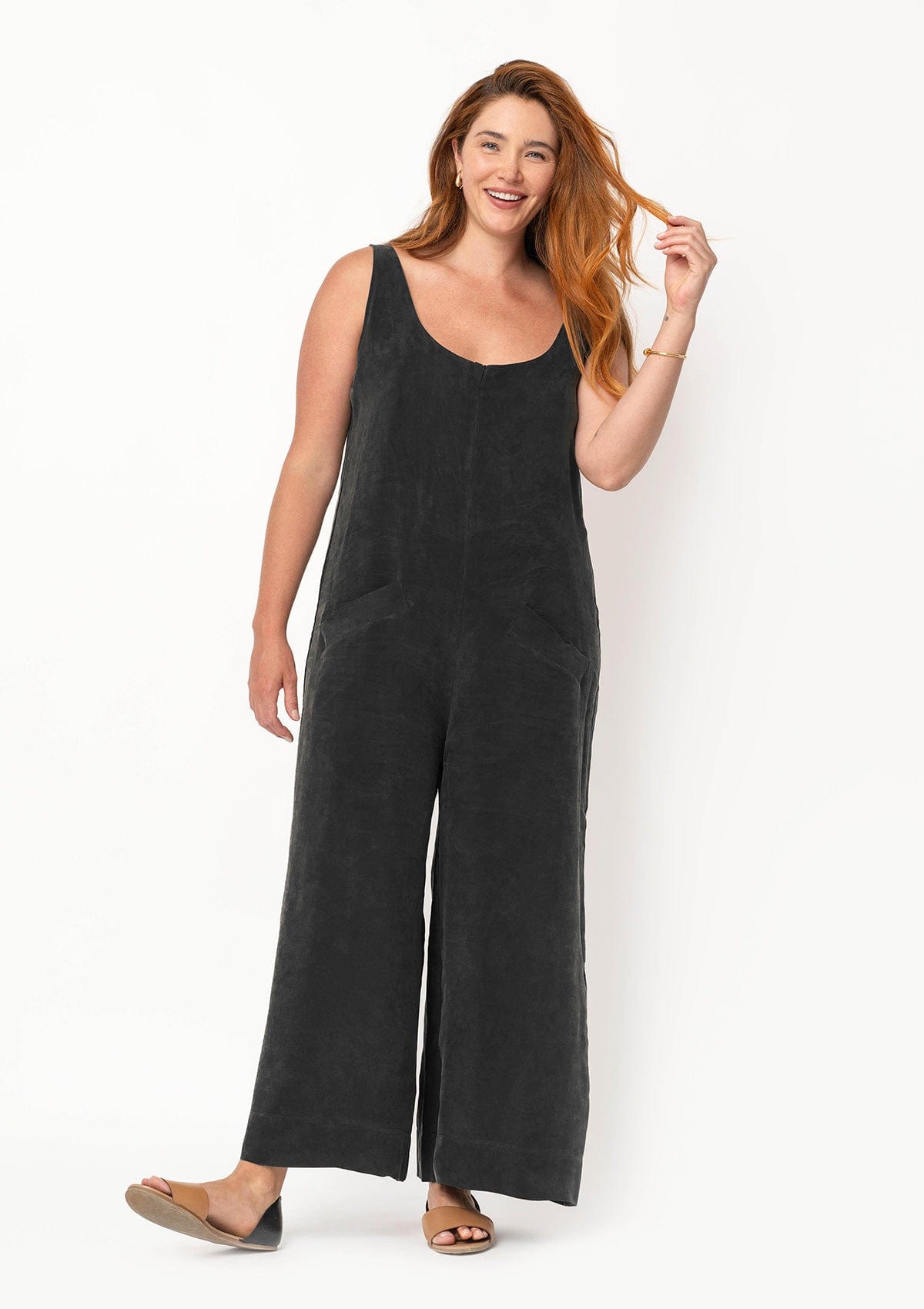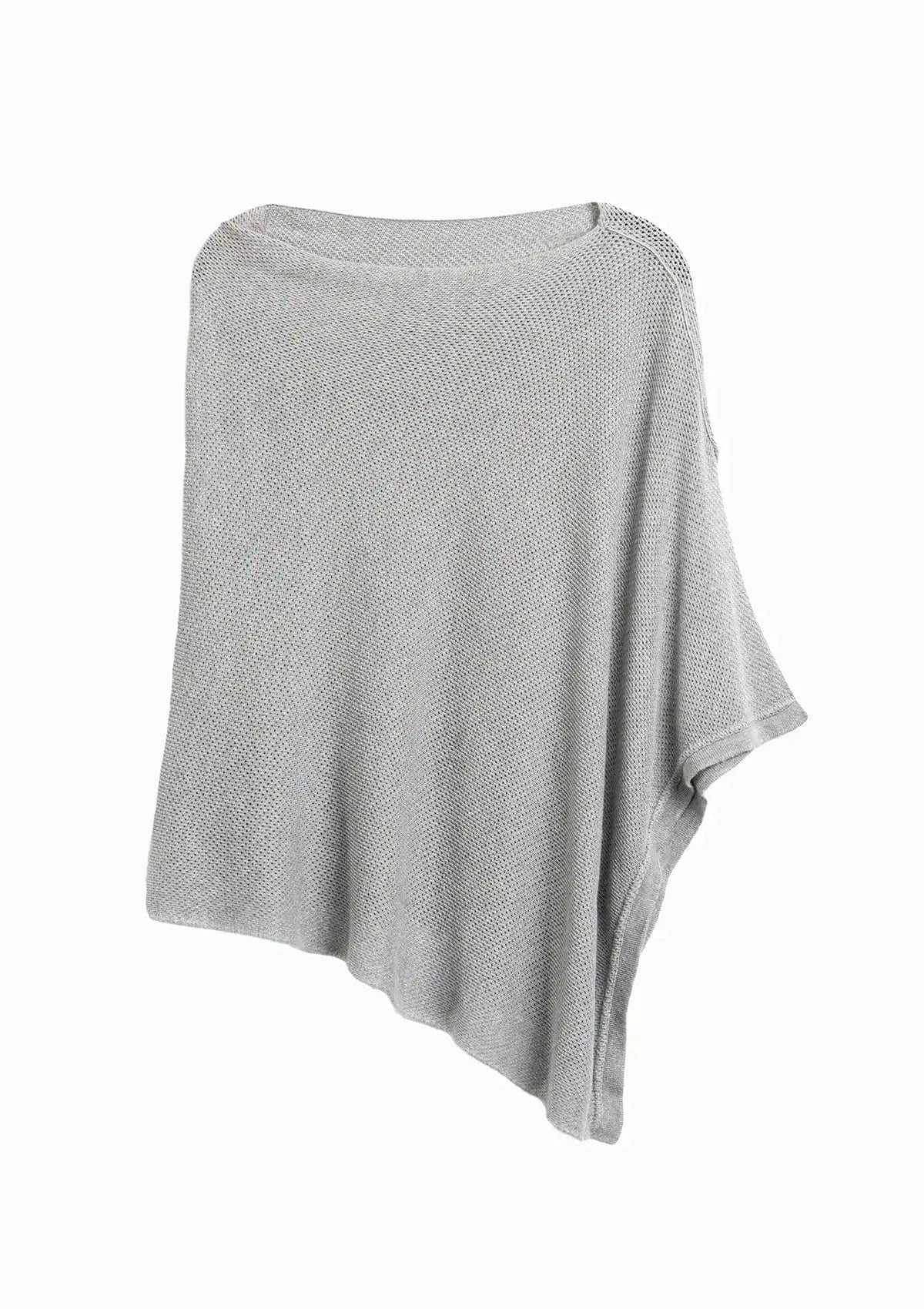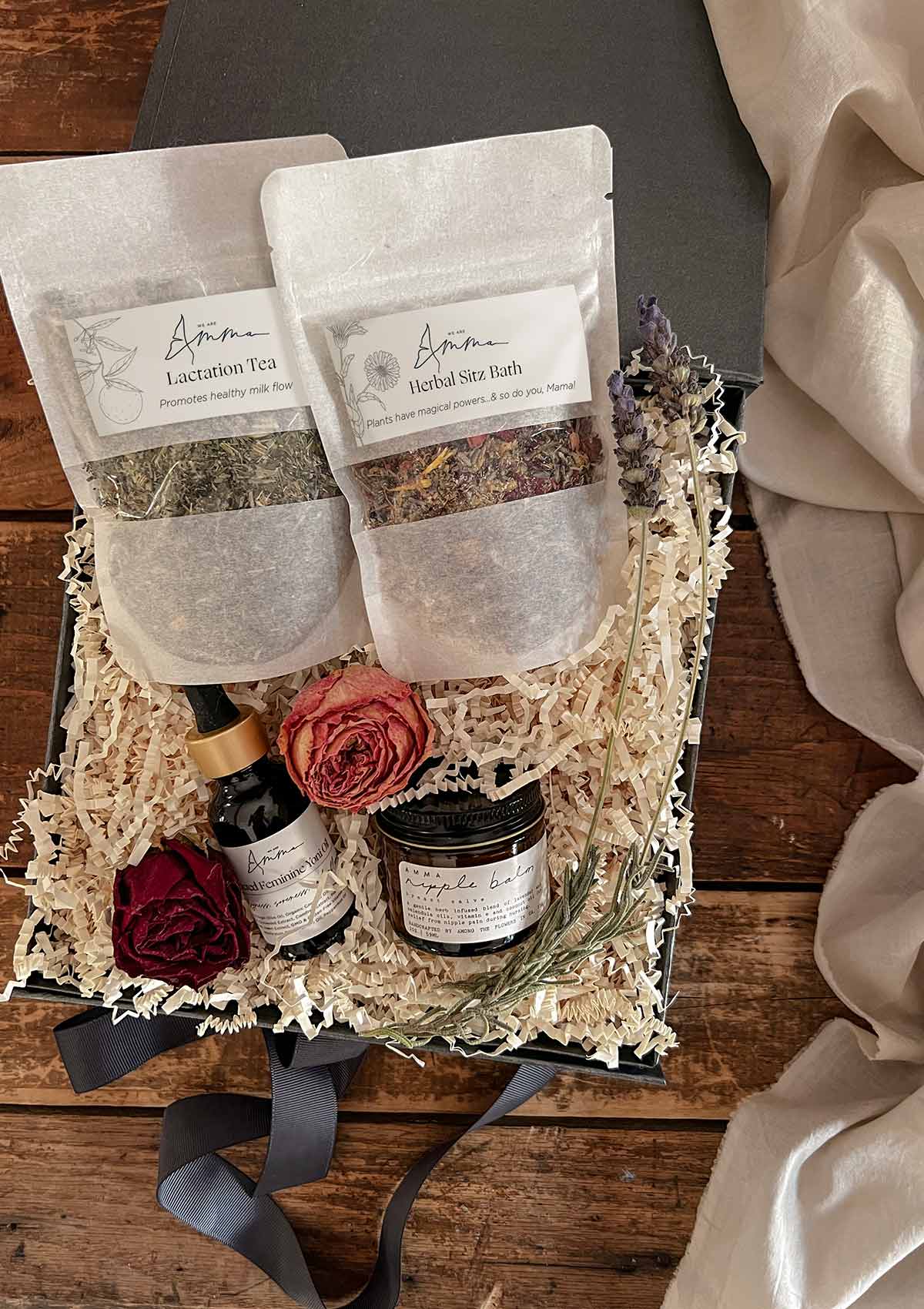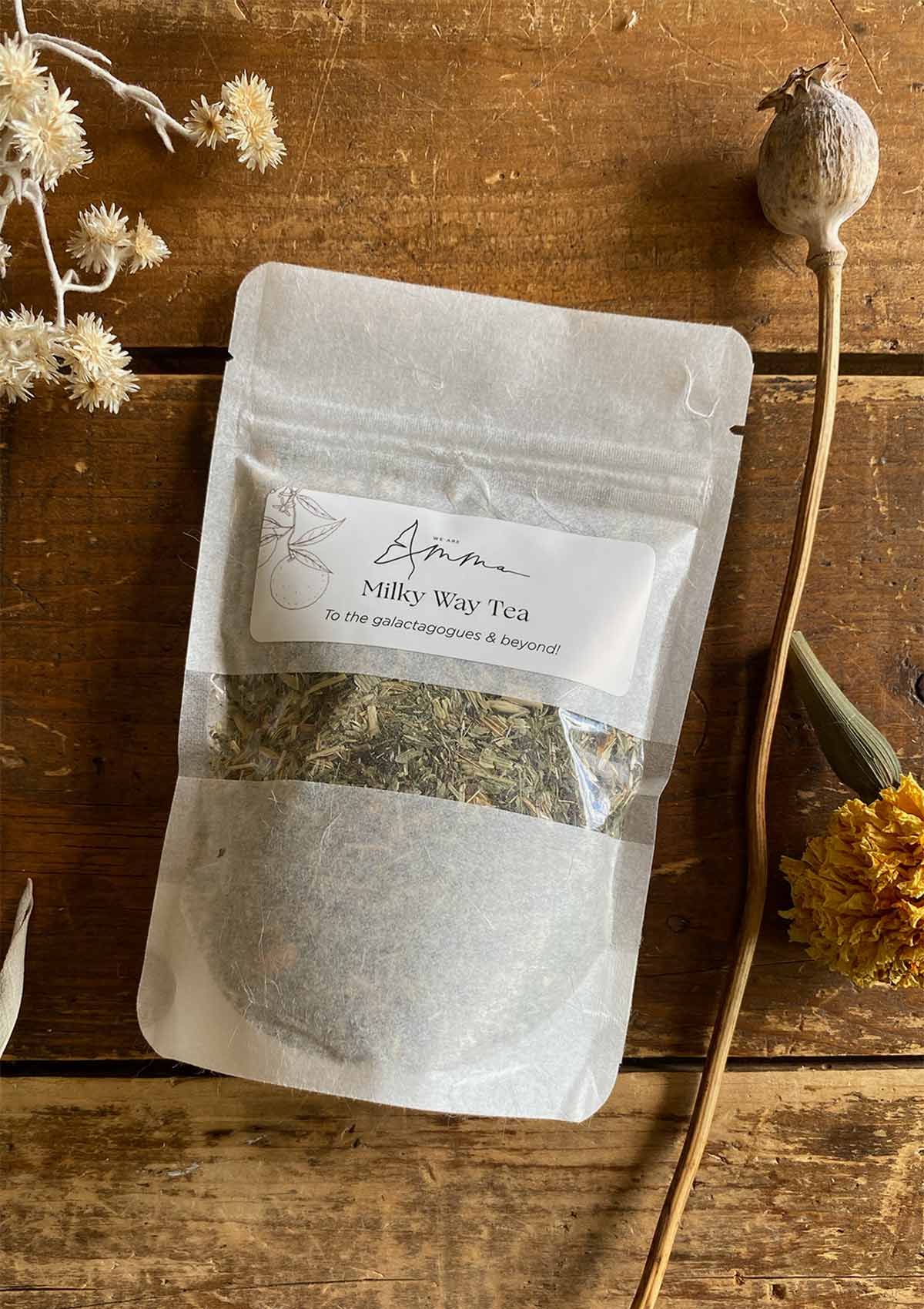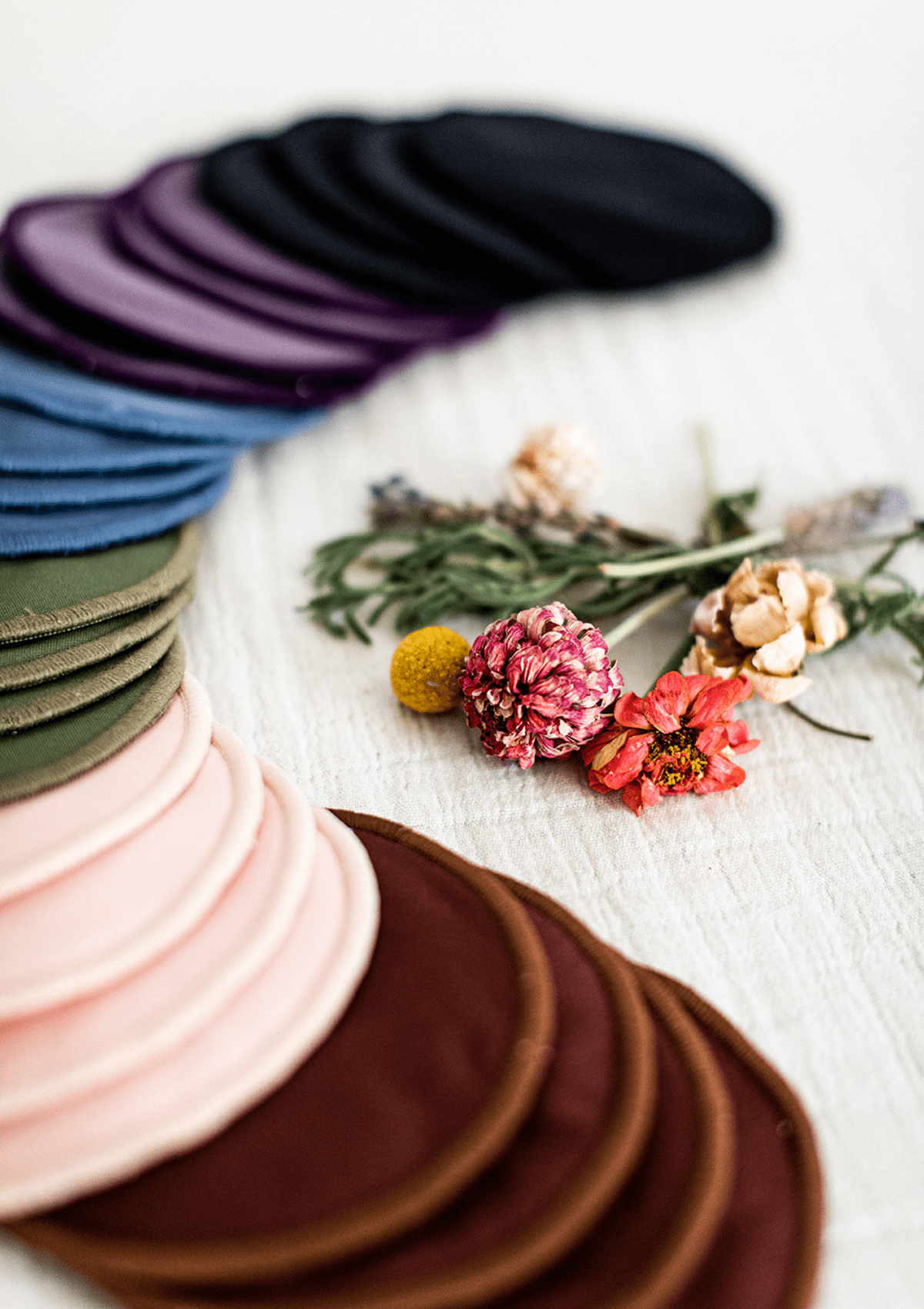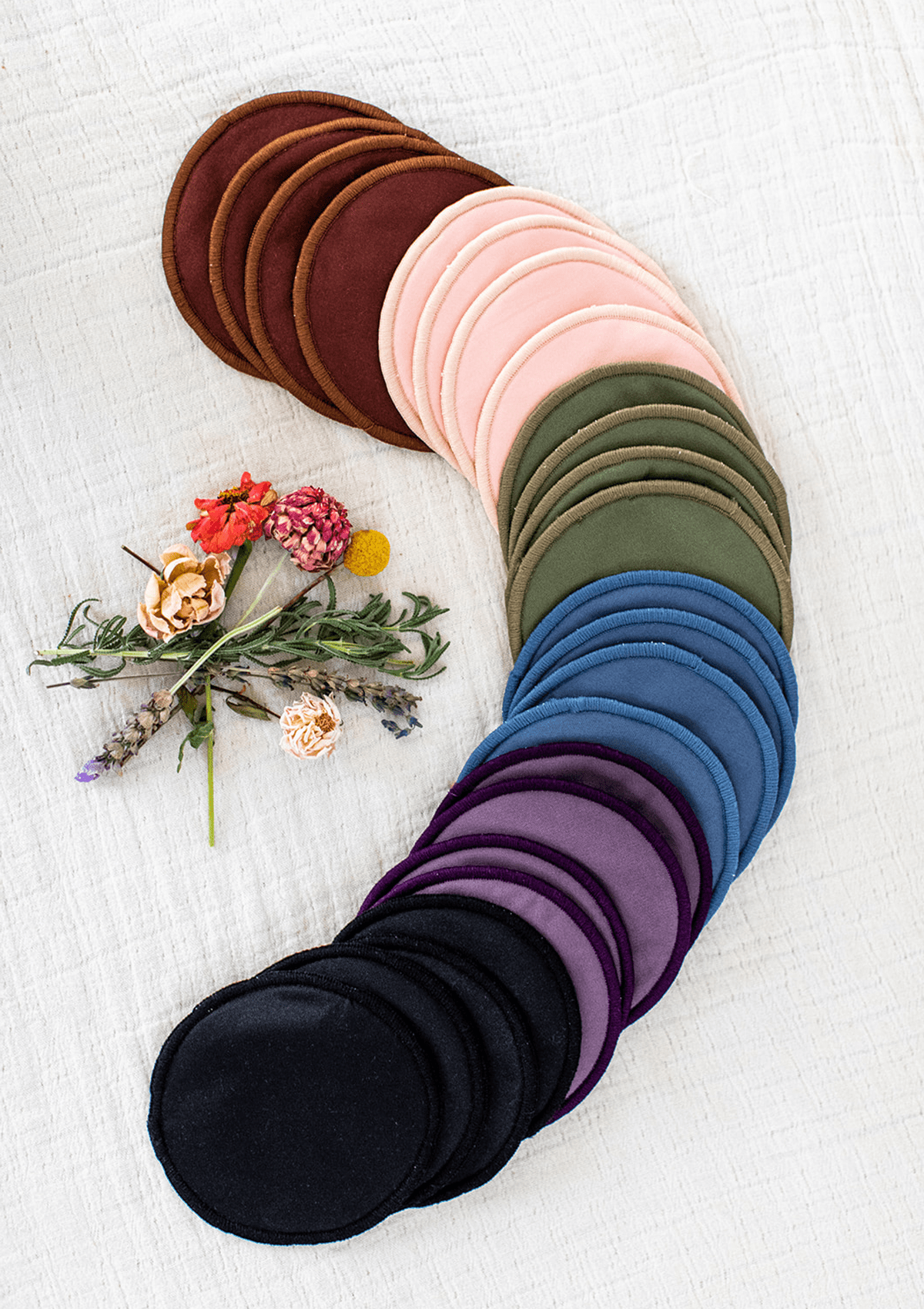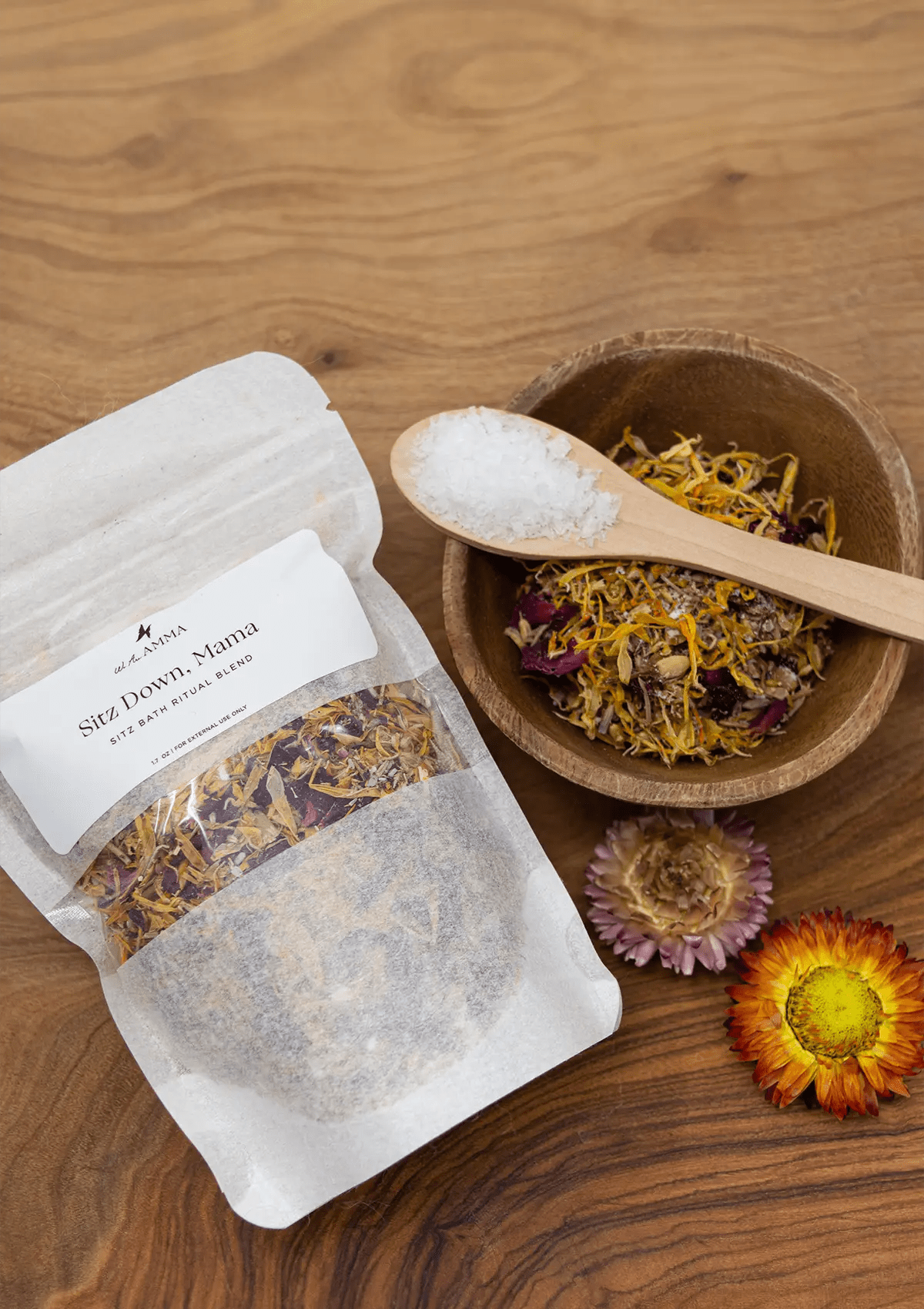
PLACENTA ENCAPSULATION: Why you might want to try these amazing little pills
So you’ve had your baby...yay! And you are set on all your postpartum essentials: peri bottle, mesh undies, a solid Netflix queue, and of course your trusty placenta pills.
Wait...what?!?
Yes, we are talking about placenta encapsulation! The practice of consuming the birthing mother’s placenta is not at all new, but has gained in popularity in recent years. We sat down with Krystal the Doula, a birth and postpartum doula and professional placenta encapsulator, to learn more about the process, the benefits, the risks, and the options for ingesting this miraculous organ. Bon appetit!
As if there weren’t enough reasons to find women totally badass, enter: the placenta. It’s an organ that your body grows completely from scratch when pregnant to deliver nutrients and oxygen to your baby and serve as a waste filtration system. It also produces estrogen and progesterone hormones for the birthing person. When baby is born, the placenta detaches from the uterine wall and is pushed out shortly after.
Often the placenta is treated as medical waste post-birth and is discarded, but it is becoming more common and popular to encapsulate it!
Benefits/Risks to Consuming the Placenta
Despite myriad scientific studies, nothing has been “proven” as a benefit to encapsulation. However, Krystal says she has witnessed the power of placenta pills firsthand, seeing results in her own postpartum doula clients. Anecdotal evidence shows decreased instances of perinatal mood disorders, increased energy, increased iron levels after blood loss, boosted milk supply, and even improved bonding with baby...all from ingesting that magical placenta!
As far as risks go, the findings are a little murky as well; there was reassuring evidence found that the placenta’s toxin filtration properties didn’t post a risk in terms of consumption and beyond that, there hasn’t been conclusive evidence regarding risk (one study involved group B strep positivity passing along to baby in conjunction with a mama taking her placenta pills but no data was gathered to show that the two were connected). Krystal states that it’s a hugely personal decision, so ultimately it is up to the comfort of the mother, but that if you are on the fence it’s better to do it than not...you only get the one placenta!
Knowledge is Power
So with that in mind, how do you decide whether encapsulation is right for you? Priority #1 is to explore your options the right way. If you are the type of person that jives with statistics and research, a good place to start is www.evidencebasedbirth.com for neutral and unbiased info. If you rely on community feedback and anecdotal evidence, read stories and firsthand accounts or ask your mama friends who have done it. If you’re feeling extra, do it all!
How Placenta Becomes Pills
There are two main methods to placenta encapsulation: the traditional Chinese method (TCM) or the raw method. In TCM, the placenta is cleaned to remove as much blood as possible and then steamed, sliced thin, and dehydrated for 12-14 hours. Warming herbs and ingredients such as ginger, lemongrass, rosemary, or even hot peppers are sometimes added to the steaming phase. The raw method skips the steaming step and therefore spends longer in the dehydrator. In both methods, the dried placenta strips are ground into a powder and put into capsules.
In terms of actually getting your placenta to the encapsulator, it depends on how and where you give birth! If you will be in a hospital setting, make sure it’s legal in your state to keep your placenta as well as whether there are specific policies to be aware of or forms to sign, etc. It’s a good idea to include it in your written birth plan as well, and to bring your own cooler to store your placenta in (the hospital staff can give you some bags of ice to keep it cold). If you’ll be birthing at home, all you have to do is stick it in the fridge or freezer! Keep in mind that the placenta does have a shelf life, so schedule your encapsulator to pick it up within a day or two after birth.
Beyond the Capsule
Encapsulation is probably the most common way to ingest your placenta, but Krystal says that a tincture is another useful and effective method for preserving the benefits. To make it, a small piece of placenta is steeped in 100 proof vodka for at least 6 weeks. As long as the vodka is replenished so the placenta is not exposed to oxygen the tincture has an unlimited shelf life, which means you can carry the benefits of placenta consumption well past your fourth trimester. A few drops can help with anything hormone-related for the rest of your life (hellooooo menopause!), and can even help your children when they cope with hormonal shifts like puberty.
Mama Pro-Tip → If you want to up your placenta eating game, do what Emily did and turn a few pieces of yours into smoothies for the first week of postpartum! Cut it up raw and freeze the pieces, then simply use them in your favorite smoothie recipe (or try one of these). We highly suggest adding red berries so you don’t have to think about where else the reddish color comes from…! 😉
Do I Have to Hire a Pro?
It’s not complicated to correctly encapsulate your placenta, but it is time-consuming and the equipment required is pricey. It’s important to prepare it safely using sterile materials and the whole process takes several days; who has that kind of time and energy in the days immediately following birth?? It’s possible to DIY it, but do yourself a favor and hire a professional so you can focus on your own healing and your new baby.
Krystal can be reached via email or on Instagram. For more information, visit her website.
